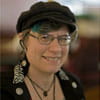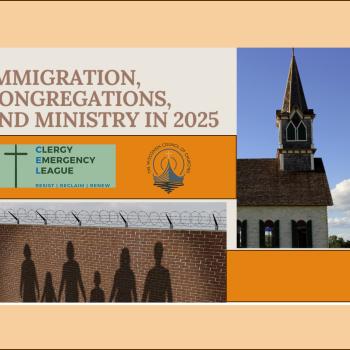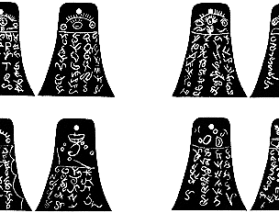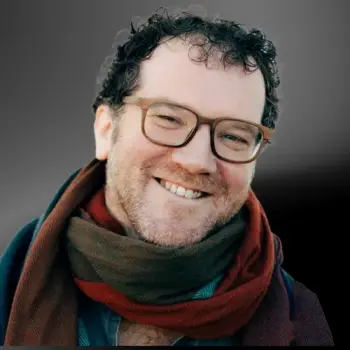 By Erynn Rowan Laurie
By Erynn Rowan Laurie
Here's my wisdom for your use, as I learned it when the moose
And the reindeer roared where Paris roars to-night:
--
There are nine and sixty ways of constructing tribal lays,
And -- every -- single -- one - of -- them -- is -- right!
~ Rudyard Kipling, "In the Neolithic Age"
A lot of folks talk about Paganism in its varying manifestations as being not a religion of belief but one of practice. Generally speaking, I agree with this assessment. Belief is all well and good -- I believe in spirits and deities and that magic works -- but when the rubber hits the road, practice is where things really happen in spiritual and ethical communities. You can believe all kinds of wonderful things, but if you never act on them, you might as well not believe either.
In monotheistic religions we see manifestations of orthodoxy (correctness of belief) and in many of them we see orthopraxy (correctness of practice) as well. The ortho- element in the words is defined in the 1913 edition of Webster's Dictionary as "A combining form signifying straight, right, upright, correct, regular." With this concept, far too often, comes the idea that there is only one correct belief or practice.
Calling various types of Paganism, including Celtic reconstructionist Paganism (CR), religions of practice doesn't point to uniformity, though. In the multiple Celtic cultures encompassing centuries of time and thousands of miles of place, practices varied from village to village and era to era, so it's hard to claim an orthopraxy in any meaningful sense. In Gardnerian Wiccan circles, you can usually expect to get something that doesn't vary a whole lot from group to group. There is a certain orthopraxy beneath the varied personal practices. A Gardnerian can, generally, expect their initiation rituals to be the same from group to group in a particular lineage.
The same can't be said in Celtic reconstructionist religions for the simple reason that we don't have handed-down texts of rituals to work from. We can all look at the same source texts of poetry and tales and history and come away with different interpretations and different ways of ritualizing the content of those texts. Individuals in a community may influence one another's interpretations and practices, but even within a small local community like the Seattle CR schmooze group that I'm a member of, we have different approaches, different interests, and different types of focus on the material. We have folks who are interested in Irish or Scottish materials and folks interested in Welsh materials. We experiment with different types of ritual based on the sources to see what happens and how it all works -- if it does at all.
And so what we see in the Pagan community at large, and within many reconstructionist communities as subgroups of the Pagan community, is what can really only be called polypraxy -- a multiplicity of practices based on variations in source materials, interpretations, and localized bioregional expressions, much as P. Sufenus Virius Lupus notes in his essay on "Niche Religions."
Polypraxy still happens in Ireland, where the festivals for Lá Fhéill Bríde (Imbolc) vary from one town to another in the same county. In CR approaches to the same holy day, localized manifestations are going to be a feature of the movement by the very nature of human spiritual experience and its interpretation. One group might focus on the weaving of Brigid's crosses and putting out the Brat Bríd, while another looks at ways to bring in aspects of the cross-dressing Biddy Boys traditions and public processional, and a third deals with Bríg Ambue and the purification of outsiders who are then welcomed into the community as full participants.
None of these approaches are incorrect, nor does any group have to have all of them to be a "real" CR group celebrating a culturally appropriate festival. It's possible to have a philosophy of polypraxy within a movement and be very much true to both the originating culture, the source texts, and the spiritual impetus of the individuals who make up the modern movement without any of it being inauthentic. Each of these rituals address different needs in the particular community where the rituals occur, all of them based on traditional literary sources or folk practices.




